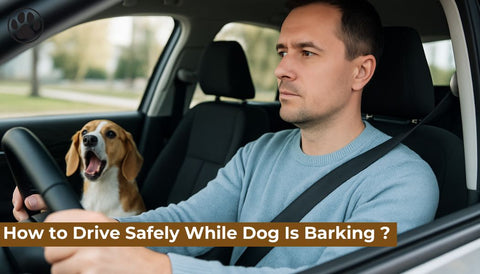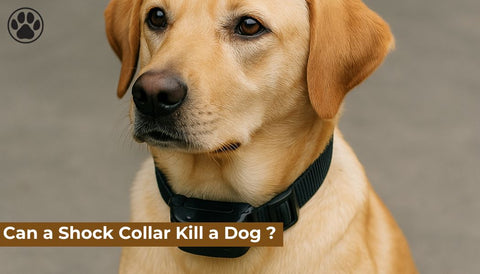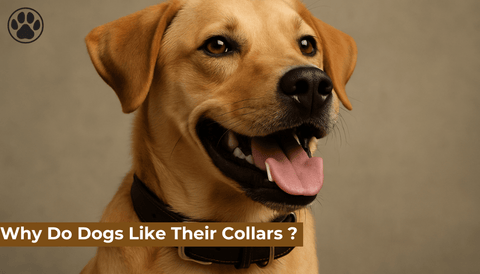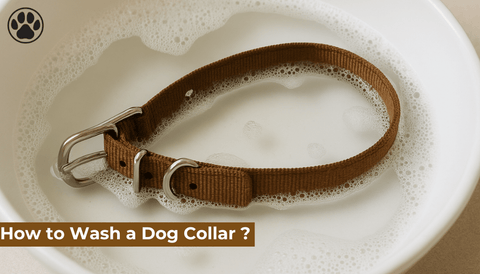
Can Dogs Eat Gum ?
of reading - words
Many dog owners are cautious about what their furry friends consume, but one common household item that poses a significant risk to dogs is chewing gum. Whether sugar-free or regular, gum can be highly toxic to dogs, especially if it contains xylitol, an artificial sweetener known to cause severe health complications. This article will explore why dogs should never eat gum, the potential health risks, symptoms of toxicity, and what to do if your dog accidentally ingests gum.
Why Is Gum Dangerous for Dogs?
1. Xylitol Poisoning
One of the biggest dangers of chewing gum is that many brands contain xylitol, a sugar substitute that is extremely toxic to dogs. Even a small amount can cause rapid insulin release, leading to hypoglycemia (low blood sugar), seizures, liver failure, and even death.
Unlike humans, dogs absorb xylitol much faster, which triggers a sharp drop in blood sugar levels within 30 minutes to an hour after ingestion. If not treated immediately, xylitol poisoning can be fatal.
2. Choking and Intestinal Blockages
Beyond the toxic risks, gum is not digestible and can cause intestinal blockages, particularly if swallowed in large amounts. The sticky, rubbery texture of gum makes it difficult for a dog’s digestive system to process, potentially leading to vomiting, constipation, and severe abdominal pain.
3. High Sugar Content
Even if gum does not contain xylitol, it is often loaded with sugar and artificial flavors. High sugar intake can contribute to obesity, dental problems, and digestive upset in dogs. Additionally, artificial sweeteners such as sorbitol and aspartame may also cause gastrointestinal distress.
Symptoms of Gum Poisoning in Dogs
If your dog eats gum, especially one containing xylitol, watch for the following symptoms of toxicity:
-
Vomiting
-
Lethargy or weakness
-
Loss of coordination (stumbling, difficulty walking)
-
Seizures or tremors
-
Excessive drooling
-
Pale gums
-
Rapid heart rate
-
Collapse or unconsciousness
If you notice any of these signs, seek immediate veterinary assistance, as xylitol poisoning can be life-threatening if left untreated.
What to Do If Your Dog Eats Gum
1. Check the Ingredients
If your dog ingested chewing gum, the first step is to check the packaging to see if it contains xylitol. Many sugar-free gums list xylitol as a primary ingredient.
2. Contact Your Veterinarian Immediately
Regardless of the gum type, call your veterinarian or an emergency pet poison hotline. If the gum contains xylitol, your vet may instruct you to bring your dog in immediately.
3. Do Not Induce Vomiting Without Vet Approval
Inducing vomiting may not always be the best solution, as it can sometimes cause additional complications. Always follow your vet’s guidance before attempting any home remedies.
4. Monitor for Symptoms
If your vet determines that the gum is not toxic, monitor your dog for any signs of choking, digestive issues, or distress. Provide plenty of fresh water and a bland diet if necessary.
How to Prevent Your Dog From Eating Gum
1. Keep Gum and Candy Out of Reach
Store all gum, candy, and xylitol-containing products in high cabinets or secure drawers where your dog cannot access them.
2. Train Your Dog with the “Leave It” Command
Teaching your dog the “Leave It” command can prevent them from grabbing harmful items off the ground.
3. Be Cautious During Walks
Many dogs pick up discarded gum from sidewalks or parks. Always supervise your dog on walks and discourage them from sniffing or licking unknown objects.
4. Educate Family Members
Make sure everyone in the household, including children, understands the dangers of gum and xylitol for dogs.
Frequently Asked Questions (FAQ)
1. How much xylitol is toxic to dogs?
Even a small amount of xylitol can be toxic. As little as 0.1 grams per kilogram of body weight can cause hypoglycemia, while higher doses (0.5 g/kg or more) can lead to liver failure.
2. Can dogs eat regular gum without xylitol?
Even if a gum does not contain xylitol, it is still not safe for dogs. The high sugar content, artificial flavors, and choking hazards make gum an unhealthy choice.
3. What if my dog swallowed gum but seems fine?
If your dog swallows gum and does not show immediate symptoms, monitor them closely for digestive issues, vomiting, or changes in behavior. Contact your vet if any symptoms develop.
4. How long does xylitol poisoning take to affect a dog?
Symptoms of xylitol poisoning can appear within 10 to 60 minutes after ingestion, making it a medical emergency requiring immediate veterinary care.
5. Are there any safe chewing alternatives for dogs?
Yes! If you want to satisfy your dog’s chewing instincts, opt for vet-approved chew toys, dental chews, or natural alternatives like carrots or frozen apple slices.
Conclusion
Dogs should never eat chewing gum, as it poses significant health risks, particularly if it contains xylitol. Even non-toxic gum can lead to digestive issues and choking hazards. If your dog ingests gum, check the ingredients and seek veterinary advice immediately. To keep your pet safe, always store gum out of reach and train your dog to avoid unknown substances.




